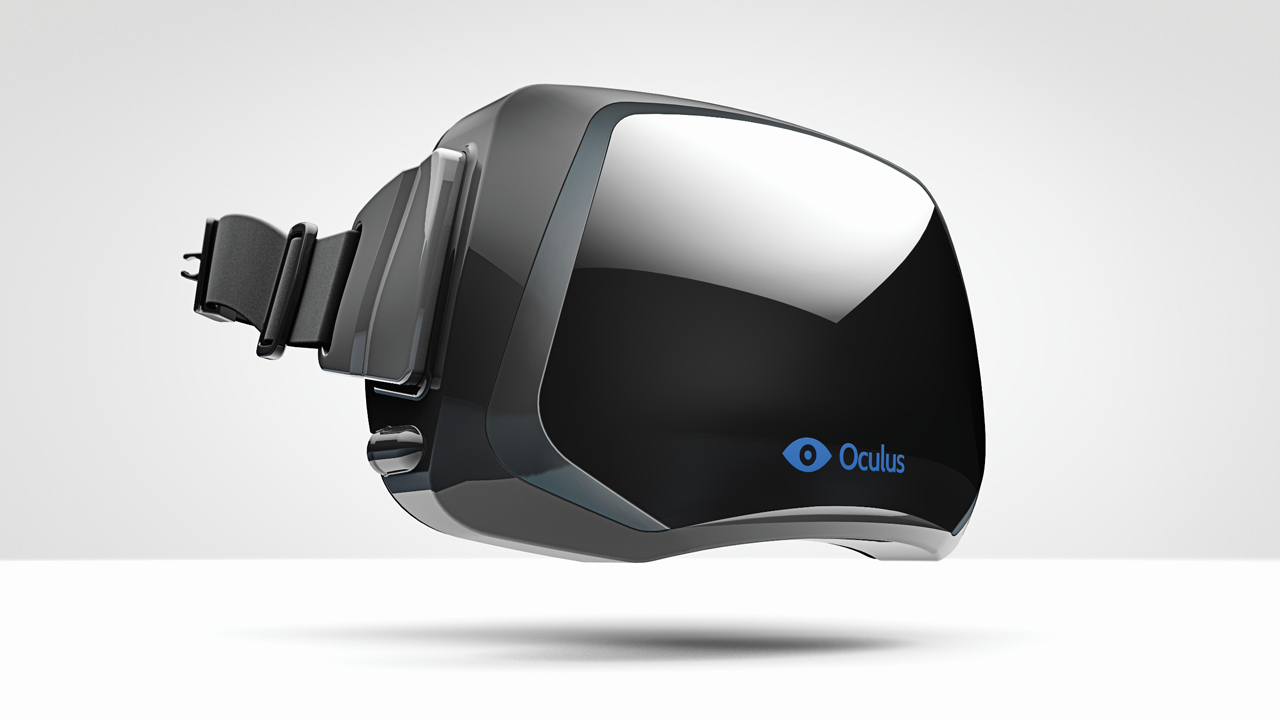PocketCake is working with some of the nation's top architectural and engineering companies, converting their 3D models into stunning virtual reality simulations using the Oculus Rift.
PocketCake's simulations offer first-person interaction from the comfort of a laptop. You are in the driver's seat. From homes and churches to stadiums and fairgrounds, nothing enhances a client's - or an architect's - conception of a project better than virtual reality.
Instead of an abstract blueprint process, a virtual reality simulation ensures your concepts look exactly as you envisioned them. For a price that's comparable to traditional architectural illustrations, a prospective client can have an immersive 3D experience in which they inhabit real space, walking wherever they like.
BIM technology, once a rarity in the architectural industry, is now mainstream as a majority of buildings are crafted digitally. Virtual reality is the next logical step for BIM. PocketCake can also convert point cloud data into a mesh that's usable in a virtual reality environment.
PocketCake is currently developing a proprietary product called VRSCA (Virtual Reality Simulation Converter Assembly), which will allow architects and engineers to easily navigate up to four people through a virtual space at the same time and host up to 32 viewers remotely.
PocketCake, founded in November 2012, specializes in virtual reality simulations and custom mobile app development.

The firm uses the Oculus Rift virtual reality headset to immerse clients in project designs.
Related Stories
| Nov 10, 2011
Skanska Moss to expand and renovate Greenville-Spartanburg International Airport
The multi-phase terminal improvement program consists of an overall expansion to the airport’s footprint and major renovations to the existing airport terminal.
| Nov 10, 2011
Suffolk Construction awarded MBTA transit facility and streetscape project
The 21,000-sf project will feature construction of a cable-stayed pedestrian bridge over Ocean Avenue, an elevated plaza deck above Wonderland MBTA Station, a central plaza, and an at-grade pedestrian crossing over Revere Beach Boulevard
| Nov 10, 2011
Thornton Tomasetti’s Joseph and Choi to co-chair the Council on Tall Buildings and Urban Habitat’s Outrigger Design Working Group
Design guide will describe in detail the application of outriggers within the lateral load resisting systems of tall buildings, effects on building behavior and recommendations for design.
| Nov 9, 2011
Lincoln Center Pavilion wins national architecture and engineering award
The project team members include owner Lincoln Center for the Performing Arts, New York; design architect and interior designer of the restaurant, Diller Scofidio + Renfro, New York; executive architect, FXFOWLE, New York; and architect and interior designer of the film center, Rockwell Group, New York; structural engineer Arup (AISC Member), New York; and general contractor Turner Construction Company (AISC Member), New York.
| Nov 9, 2011
Sika Sarnafil Roof Recycling Program recognized by Society of Plastics Engineers
Program leads the industry in recovering and recycling roofing membrane into new roofing products.
| Nov 9, 2011
American Standard Brands joins the Hospitality Sustainable Purchasing Consortium
American Standard will collaborate with other organizations to build an industry-wide sustainability performance index.
| Nov 8, 2011
Transforming a landmark coastal resort
Originally built in 1973, the building had received several alterations over the years but the progressive deterioration caused by the harsh salt water environment had never been addressed.
| Nov 8, 2011
WEB EXCLUSIVE: Moisture-related failures in agglomerated floor tiles
Agglomerated tiles offer an appealing appearance similar to natural stone at a lower cost. To achieve successful installations, manufacturers should provide design data for moisture-related dimensional changes, specifiers should require in-situ moisture testing similar to those used for other flooring materials, and the industry should develop standards for fabrication and installation of agglomerated tiles.















